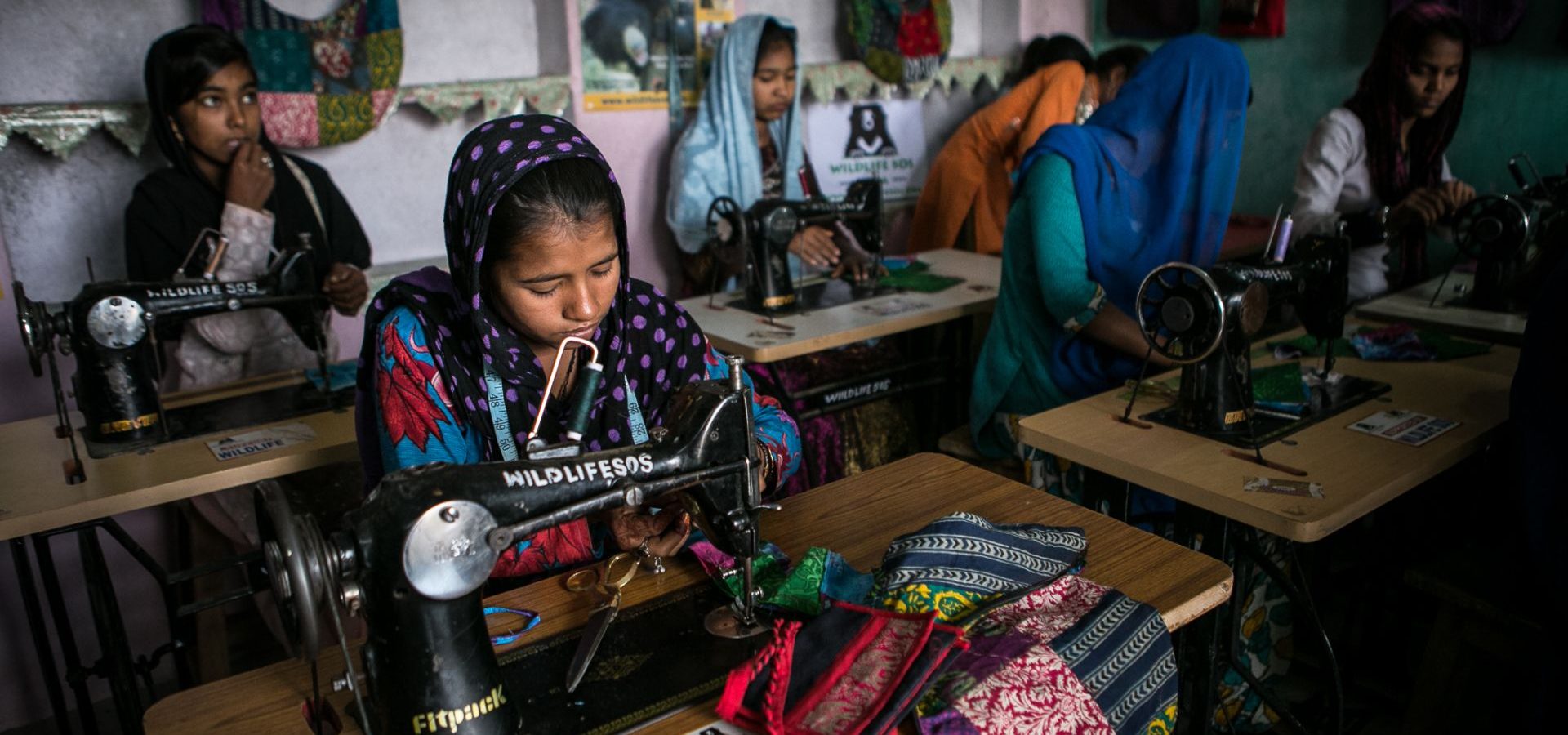It’s easy to forget how much our own survival depends on the protection of the natural world. Our very existence is intrinsically linked to forests and animals. From snakes that control our rodent population, mighty elephants that fertilise the soil with their dung, to glaciers that provide us with safe drinking water — without a healthy ecosystem we would cease to exist! Thus, in 2022, the United Nations recognised the right to a healthy environment as a fundamental human right.
World Human Rights Day falls on December 10 every year, and the theme for this year is ‘Dignity, Freedom, and Justice for All’, a theme which resonates with our belief that these rights pertain to All — the forests, their inhabitants, and humans. Today, we go over four ways in which wildlife conservation intertwines with human rights, shedding light on the pivotal methods with which the pursuit of conservation goals can contribute towards the realisation of human rights, and vice versa.
- Protecting Humans and Wildlife in Conflict
Human-wildlife conflict might be the most undisguised depiction of how human rights and wildlife conservation intersect. Due to rapid habitat fragmentation, humans and animals are increasingly competing for resources, leading to conflict with consequences heavy on both sides. Animals suffer abuse at the hands of humans in the form of retaliatory or pre-emptive killings. According to a report published by WWF and the United Nations Environment Programme (UNEP), human-wildlife conflict is one of the main threats to emblematic species which include tigers, elephants and polar bears. This conflict adversely impacts the population of keystone animal species that maintain a healthy ecosystem.
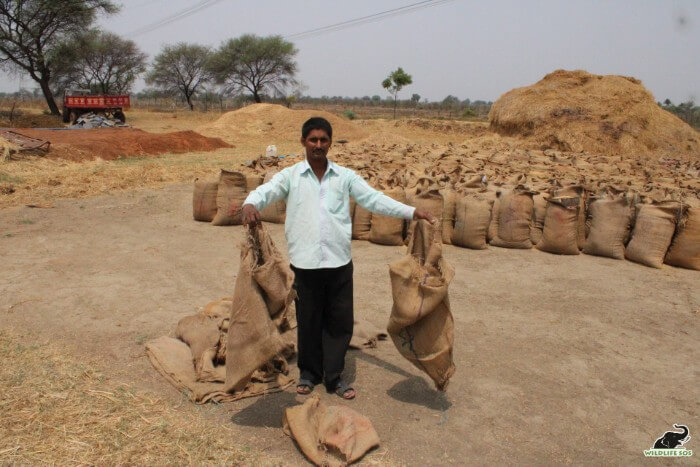
Human-wildlife conflict is also a humanitarian issue affecting the lives of farmers, indigenous people and others living close to forests. Humans face a constant threat to their life as well as their livelihood after property and crop damage. They also face difficulties in accessing essential resources such as water or NTFP (Non-timber forest products) like Mahua leaves and wood which helps generate income. Such conflict also inhibits many children from accessing education as routes to schools become perilous zones of conflict. Human-wildlife conflict is an added stress factor to communities living close to forests as they battle poverty and other systemic barriers as well.
By looking at human-wildlife conflict as both a conservation and human rights issue, holistic mitigation strategies can be created and implemented. Take, for example, Wildlife SOS’ Human-Elephant Conflict mitigation project in the state of Chhattisgarh. Known as the rice bowl of India, 90 per cent of the Chhattisgarh population is engaged in agriculture, specifically paddy. This crop also happens to be one preferred by elephants, leading to recurring conflict. To help mitigate conflict in the state, Wildlife SOS not only focuses on the well-being of the elephants but also recognizes the need to protect the rights of farmers such as food security, welfare and so on. Using a community-based approach, Wildlife SOS works hand in hand with locals to allow them to protect themselves, their crops and their livelihoods. Affected communities are encouraged to become active participants in the process of conflict mitigation, leading to more comprehensive solutions.
- Right to Clean Water for All
Water is integral for humans and wildlife alike and battling the looming water crisis is a significant human right and conservation issue. According to a UN expert, “(…) over 2 billion people lack access to safely managed drinking water. Over 4 billion people lack access to safely managed sanitation. Water shortages now affect more than 3 billion people. Three-quarters of all the natural disasters in the last twenty years were water-related, including floods, landslides and other extreme weather events.”
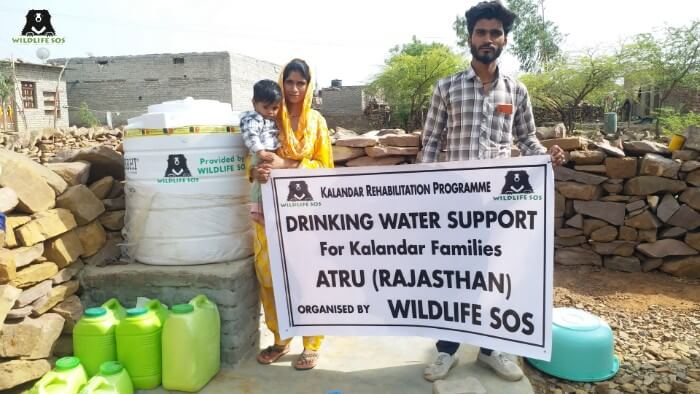
Moreover, 35 per cent of global wetlands have been destroyed in the last 50 years. These wetlands act as critical habitats for a plethora of animals as they are known to be biodiversity hotspots. Wetlands also support the freshwater needs of humans by purifying water and protecting against floods. Strategies to tackle the water crisis have often focused on human-centric solutions such as building dams. This negatively affects wildlife and often also involves the displacement of various indigenous communities.
A study published in Nature, an international weekly scientific journal, states that water security issues impact humans and biodiversity alike. The study found that regions like the United States and Europe, which have intensive agriculture and dense populations, experience the highest levels of water insecurity for humans and biodiversity. The study also states that solutions more mindful towards nature can be implemented. One such solution is preserving flood plains rather than constructing flood-control reservoirs for the sustenance of biodiversity.
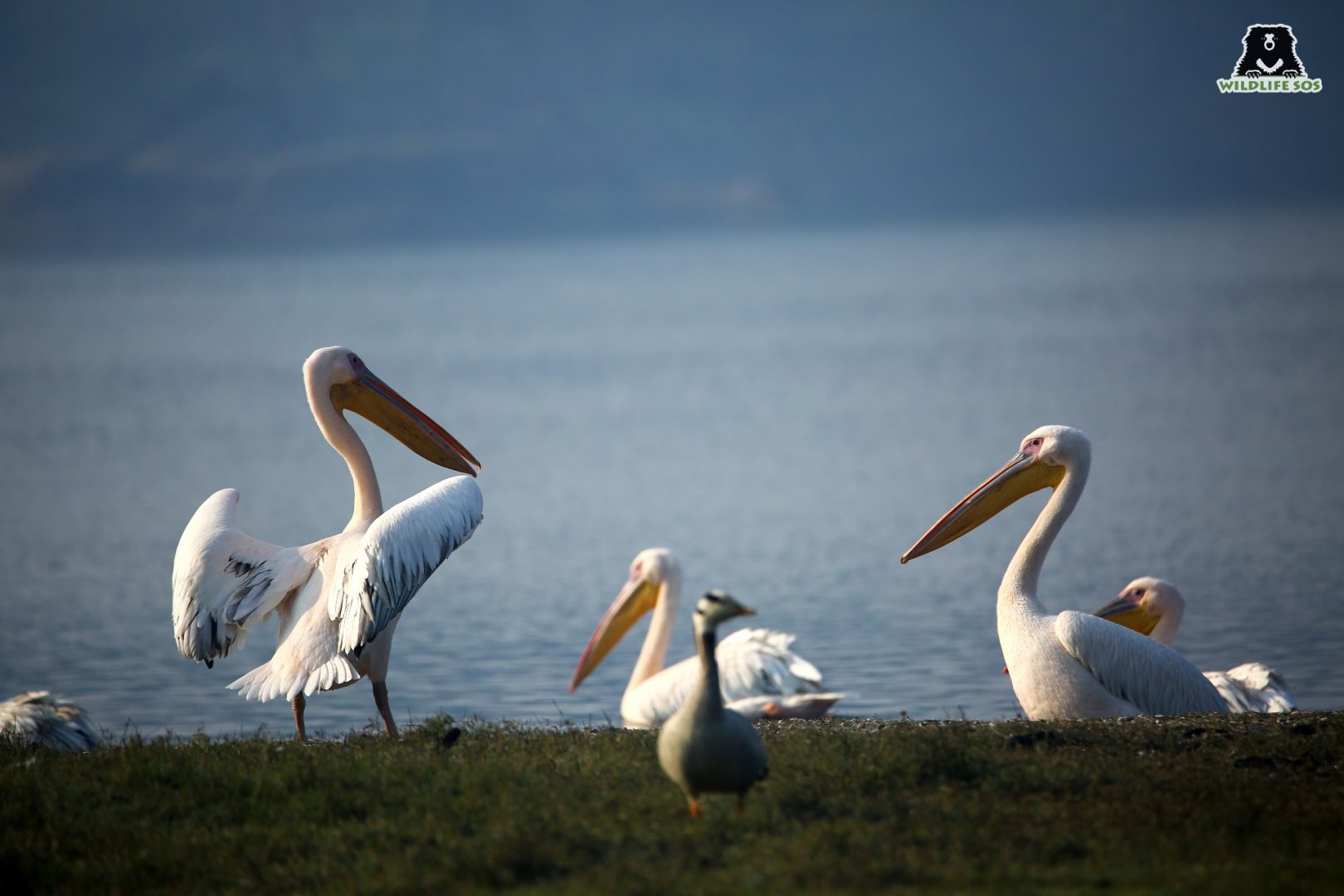
In our own pursuit to create effective solutions for water scarcity, Wildlife SOS has taken the route of habitat restoration. The Wildlife SOS Ramdurga Habitat Restoration Project in Karnataka’s Koppal district has revived the area’s water levels. Regeneration of the forest led to an increase in groundwater levels. Accompanied by the digging of bore wells, the area was able to provide water to the local communities as well as animals. In the past, the shortage of water in the area had also led to conflict between humans and wildlife. Restoration of groundwater levels has reduced such conflict.
Wildlife SOS has also actively been aiding the Kalandar community to access basic rights like the right to water. Recently, the Wildlife SOS team provided water to 12 families in Atru, Rajasthan. Through the use of water tankers, water was also set up for animals who were affected by a dry spell in the region.
- Poverty Alleviation
Loss of biodiversity impacts all but affects the poorest sections of society the most. Approximately 70 per cent of the world’s poor are said to live in rural areas, relying on natural resources for their livelihoods. For instance, the majority of locals in Chhattisgarh were found to rely on fuel wood from forests for electricity. Furthermore, communities suffering from poverty are doubly affected by natural disasters. For some, poverty can also be a trigger to engage in wildlife crimes such as poaching, using animals for entertainment, begging and the like. Thus, conserving biodiversity can help in poverty alleviation and concomitantly, poverty alleviation can help conserve our biodiversity.
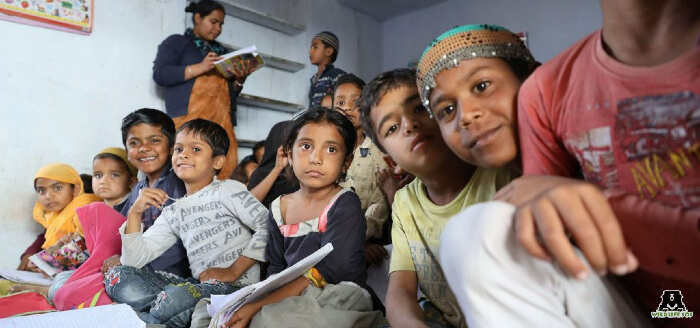
Recognizing the strong links between poverty alleviation and conservation, Wildlife SOS works closely with rural animal-dependent communities like the Kalandar community. By providing Kalandar children with education, we aim to break cyclical poverty and create awareness about possibilities beyond poaching and ‘dancing’ Sloth bears. Moreover, Kalandar men and women are introduced to alternative livelihoods and seed funds for entrepreneurial ventures.
- Women’s Rights and Wildlife
Women, specifically those in rural and indigenous communities, play an indispensable role in the safeguarding and management of natural resources. Due to the division of labour, women are engaged in collecting fuel, collecting water, small-scale farming at home, and poultry management. These activities sustain the lives of their family members, which is why women face the brunt of human-wildlife conflict. Women also pass on traditional knowledge to their families and communities, thus playing a large part in the dissemination of information. Despite their proximity to both nature and the rural residents, women continue to be ignored in wildlife conservation work; their voices are pushed to the peripheries owing to the existing gender bias. The promotion of gender equality can further conservation efforts, and conservation efforts can in turn promote gender equality through fair inclusivity.
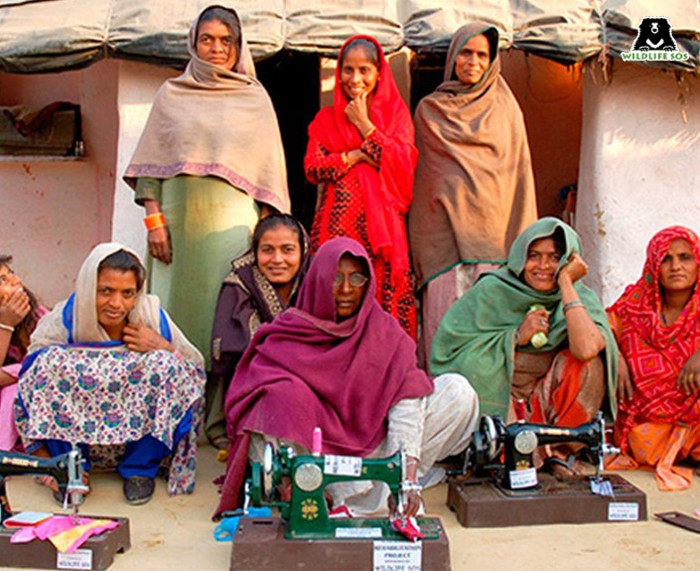
At Wildlife SOS, women empowerment is considered as a necessary aspect of conservation work, most evident in our Kalandar Rehabilitation Programme. Women of the Kalandar community are provided with resources to gain access to education, become breadwinners of their families, and take charge of their own future. Today, we have a new generation of Kalandar women emerging who are leading their communities towards a more sustainable tomorrow.
The fight for human rights will always be conjoined with the fight to conserve our Earth’s biodiversity. At Wildlife SOS, we are determined to ensure an integrated approach as we fight to save India’s wildlife.
You can contribute towards Wildlife SOS’ efforts. To find out how, click HERE

